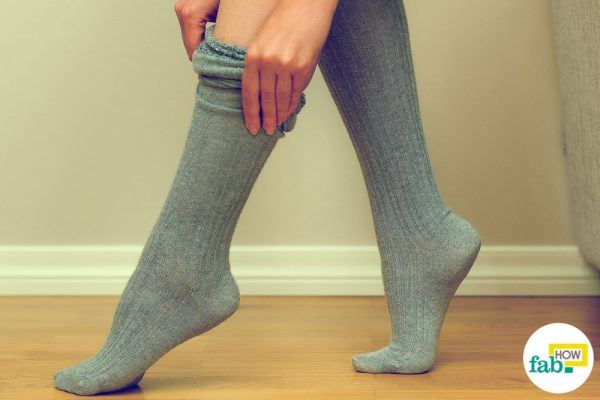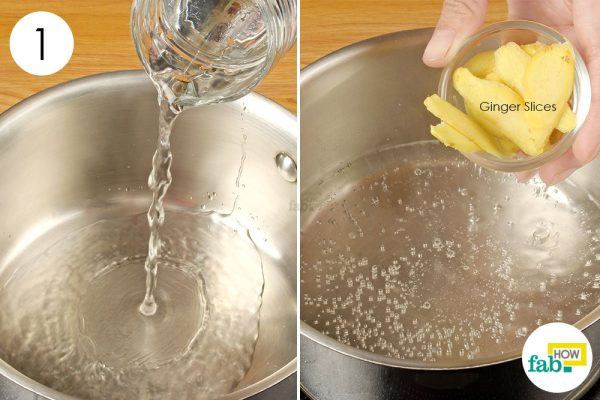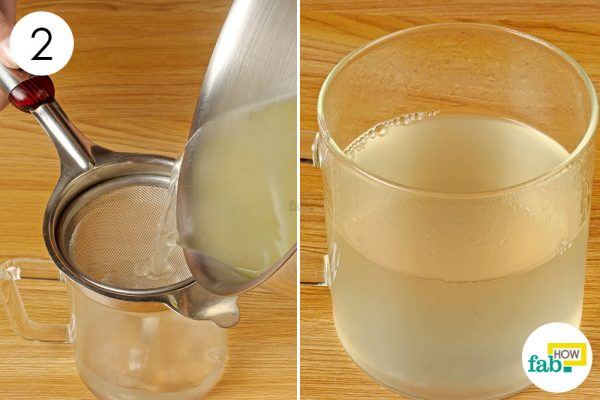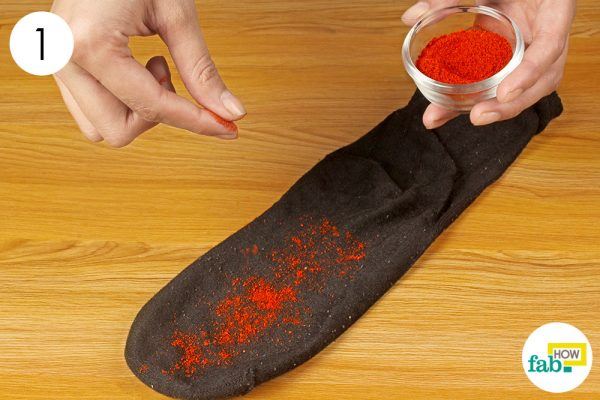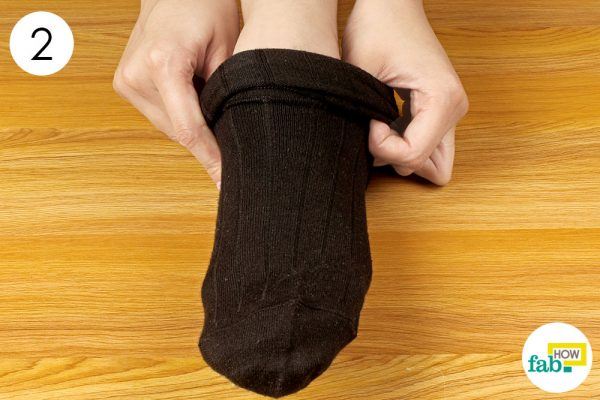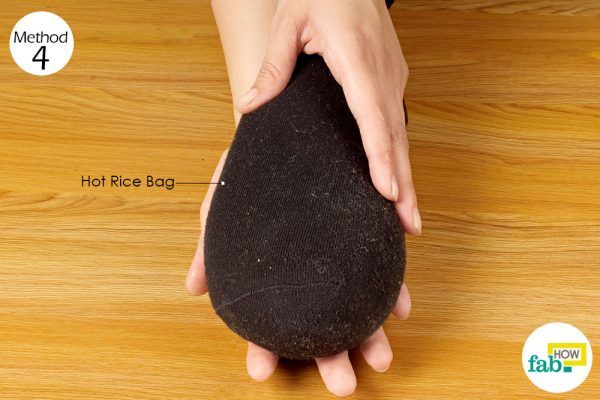Rubbing your hands together to warm them up is a common winter scene. So is stuffing your feet in woolly socks and fluffy slippers to keep them warm. But for some unfortunate souls, these tried-and-tested tactics fail miserably to warm up cold hands and feet.
If you repel people with your ice cold hands and feet, read on to find the solution.
Consult your doctor if there’s numbness or tingling in the affected area, if the skin becomes tight or hardened and if the skin color changes to blue or white.
Contents
Causes of Cold Hands and Feet
- When the temperature of your surroundings drops, the blood vessels and capillaries of exposed body parts constrict, and the blood flow along with body heat is redirected to the vital organs of the body. This often involves drawing heat away from the extremities, which leaves you with cold hands and feet. (1)
- Other than exposure to extreme cold, factors like poor circulation, stress, heart disease, diabetes, Raynaud’s disease, frostbite, medication side effects and prolonged work with vibrating equipment like jackhammers can also give rise to cold hands and feet.
- Women are more susceptible to cold hands and feet due to thyroid and other hormonal imbalances and fluctuations.
- Genetic factors may also determine your susceptibility to cold hands and feet.
Preventive Tips
Avoid smoking, caffeine, and alcohol. Smoking impairs circulation and caffeine constricts your blood vessels. As for alcohol, its warming effects are just temporary.
Home Treatment for Cold Hands and Feet
If layering socks and gloves or soaking in hot water has not done anything to alleviate your cold hands and feet, try some easy, natural remedies to get the warmth back in your extremities.
Keep in mind that what works for one person may not be effective for another. So try each one until you find a good remedy that suits your needs and comfort.
Here are four easy home remedies to warm up cold hands and feet within 2 minutes.
Method 1: Use Ginseng
A recent study looked specifically at the ability of Korean Red Ginseng, or Panax ginseng, to treat cold hypersensitivity of the hands and feet.
It was shown that the ginseng plant resulted in the dilatation of blood vessels in the hands and feet, thus causing significantly higher skin temperatures in the respective areas. (3)
If you can get your hands on the actual Panax ginseng root, it can be made into a tea as follows:
- Grate ginseng root.
- Place grated root into a pot of water and bring to a boil.
- Allow it to steep for 7-10 minutes.
- Strain tea of grated root and drink while warm.
Alternatively, you can also use Korean red Panax ginseng capsule. This supplement may be purchased at your local health food/supplement store or online. Take daily as directed after running it once through your healthcare provider.
Method 2: Use Ginger
According to traditional Chinese medicine, ginger is considered a warming food – one of the reasons it’s so widely used to treat cold and flu symptoms. Ginger is also very beneficial in thinning the blood and improving circulation. (2)
Thus, including ginger in your diet is very beneficial in preventing cold hands and feet. Add raw ginger root to salads or use it in cooking. Another easy way to harness the benefits of ginger is to drink ginger tea.
Step 1. Boil ginger slices in water
- Pour 1 cup of water into a pan placed over heat.
- Add peeled ginger slices from 1 to 2 inches of raw gingerroot.
- Bring it to a boil and let it simmer on low heat for about 5 minutes.
Step 2. Strain the ginger tea and drink it 3 times daily
- Strain the ginger tea into a cup.
- Drink this ginger brew 3 times a day to improve circulation and quickly warm up your cold hands and feet.
- You can also add a bit of honey to improve the taste as well as increase the benefits of the tea.
Consume it daily as needed.
Method 3: Use Cayenne Pepper
Cayenne pepper is generally used synonymously with heat. It’s a red-colored hot chili pepper that can get your ears smoking, face red and your nose runny in no time. It can also be used to heat snow cold feet.
The capsaicin present in cayenne pepper is what gives the chili its telltale heat. It has been shown to increase blood flow to areas where it is topically applied to the skin. (4)
Cayenne pepper for cold feet is a very popular remedy that has only one catch – your feet should be free from any cuts or wounds. You can easily guess what will happen if you put cayenne pepper on broken skin – a big and persistent OUCH!
So this remedy is a strict no if you’ve got a bad case of cracked heels. You should also not use this remedy if your skin is sensitive to capsaicin or if you’re prone to getting chili burns on your hands.
Things you’ll need:
- Cayenne pepper powder (helps improve blood circulation)
- Cotton socks
Step 1. Sprinkle cayenne pepper powder inside the socks
- Turn your cotton socks inside out.
- Sprinkle cayenne pepper where it will come in contact with the bottom of your toes, balls, and heels of your feet. Use only 1 teaspoon of cayenne pepper per pair of socks.
Step 2. Wear the cayenne pepper socks
- Simply put on the socks so that the pepper comes in contact with the bottom of your feet and let the remedy work its magic. The pepper might dye the soles of your feet red or pink.
- If you don’t want your skin to come in direct contact with the pepper, cover your feet with thin socks and wear the pepper socks over them.
- You can also replace the pepper socks with a fresh pair once your feet warm up.
Repeat daily to get relief from cold hands and feet.
Method 4: Use a Heated Rice Bag
Nothing spells comfort as warmly as a good old rice bag. Making a rice bag at home is very easy. But if you’re not up for sewing and don’t care how your rice bag looks, just use a lone old sock to fashion a makeshift rice heating pad.
Just be sure to use a sock with microwavable fabric, preferably cotton. Fill it with any kind of white rice and secure the open end with a knot. All you need to do is nuke it for 2 to 3 minutes in the microwave.
Fresh rice bags take less time to heat up. Old rice in heating pad takes longer to heat up, as the rice loses some of its heat-retaining capacity over months of use.
Single-Step Treatment: Warm your hands and feet with a hot rice bag
- Simply snuggle up with a warm rice bag and use it to warm your cold hands and feet instantly.
- At bedtime, you can also put it underneath the bottom of your blanket to warm your feet while you are sleeping.
Do this daily to warm up your cold hands and feet within 2 minutes.
Tips for warming up cold hands and feet
- Essential oils can be very beneficial in improving blood circulation and thus preventing cold feet. The best way to use them is as a hot oil massage. The combined effect of the oil and the heat can provide noticeable results.
- You can substitute olive oil with coconut or castor oil to use as a carrier oil for the essential oils of your choice. In a pinch, you can also use essential oil in a lotion instead.
- If you intend to use more than 1 teaspoon of cayenne pepper powder in your socks, mix it into a base of talcum powder or corn starch first.
- You may wear a glove to protect your hand from chili burns when preparing the cayenne sock remedy. If handling cayenne pepper with bare hands, wash your hands with soap and water.
- You can also use sand, wheat, barley, oatmeal, beans or cherry pits as a substitute for rice to make your sock heating pad.
- If you have an electric heating pad, you can use that as well.
Resources:
- Bae K-H, Jeong Y-S, Go H-Y, et al. The definition and diagnosis of cold hypersensitivity in the hands and feet: Finding from the experts survey. Integrative medicine research. https://www.ncbi.nlm.nih.gov/pubmed/29629292. Published March 2018.
- Hirsch GE, Viecili PRN, de Almeida AS, et al. Natural Products with Antiplatelet Action. Current pharmaceutical design. https://www.ncbi.nlm.nih.gov/pubmed/27881059. Published 2017.
- Park K-S, Park K-I, Kim J-W, et al. Efficacy and safety of Korean red ginseng for cold hypersensitivity in the hands and feet: a randomized, double-blind, placebo-controlled trial. Journal of Ethnopharmacology. https://www.ncbi.nlm.nih.gov/pubmed/25284751. Published December 2, 2014.
- Ghiţă MA, Căruntu C, Rosca AE, et al. Real-Time Investigation of Skin Blood Flow Changes Induced by Topical Capsaicin. Acta dermatovenerologica Croatica: ADC. https://www.ncbi.nlm.nih.gov/pubmed/29252175. Published October 2017.
Summary of How to Warm Up Cold Hands and Feet
Download this infographic.


